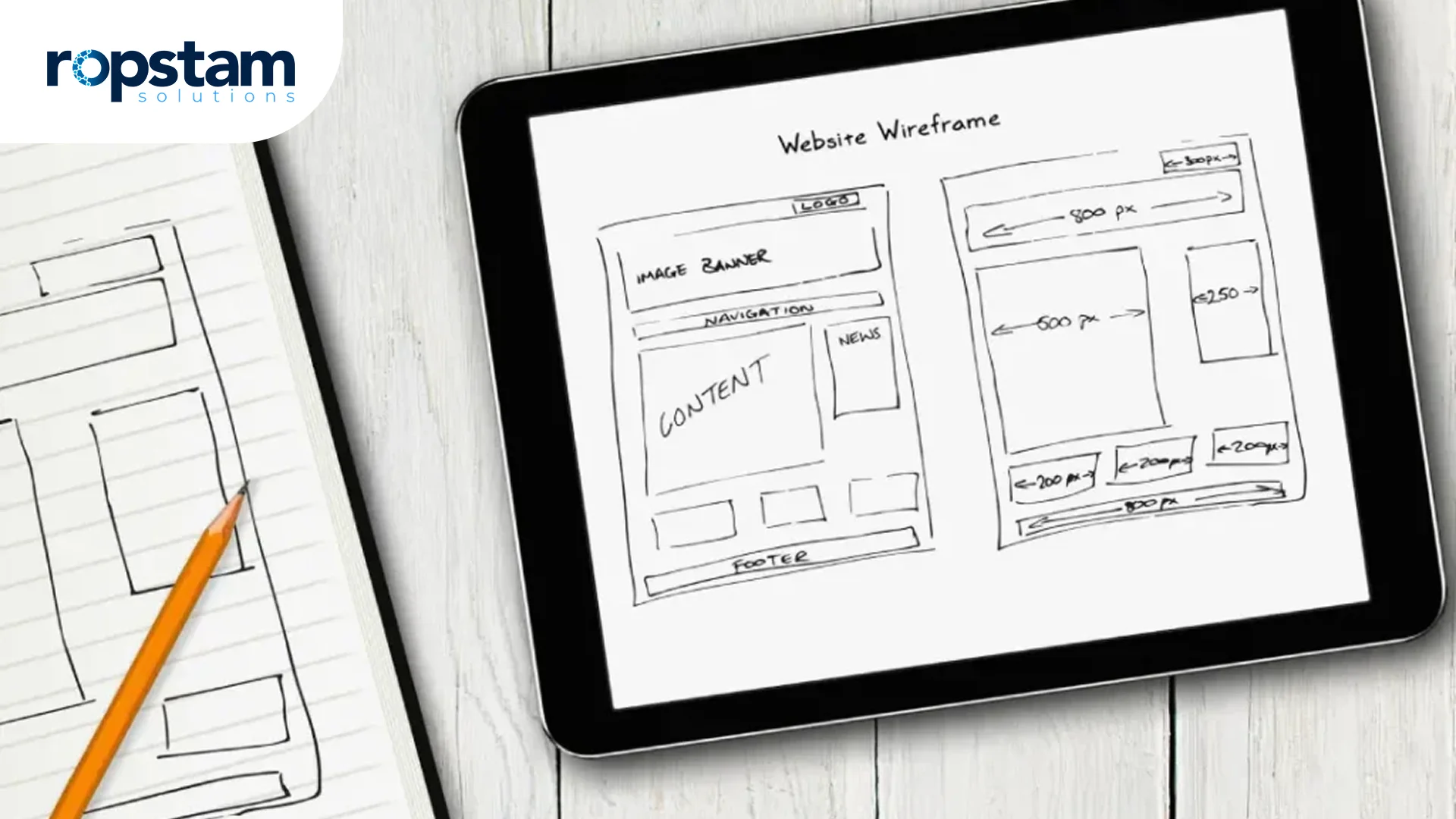For the success of any website or web application, effective UI/UX design plays a pivotal role. This also means that a poor design leads to a website that doesn’t convert the target audience. That’s why the role of a UI/UX designer has gained immense pertinence in the modern era of technological advancement.
While some mistakes in web design are inevitable – designers are humans after all – every designer must be aware of the common errors that can lead to a poorly designed website. If you are searching for tips to enhance your design skills and stay clear of well-known web design mistakes, you have come to the right place.
Common Website Design Challenges
Leveraging the expertise of our UI/UX designers, here we have compiled a list of common UI/UX design mistakes you must stay clear of at all costs.
1. Cross-Browser Compatibility
One of the most common mistakes you can make as a designer is not testing your website across multiple browsers. Different browsers interpret and display web content differently, leading to inconsistencies in layout, functionality, and user experience. This can result in a poor user experience, increased user frustration, and a negative perception of your brand.
For instance, a feature that works flawlessly in Chrome might not function at all in Internet Explorer, causing users to abandon your site.
Solutions:
- Choose the Right Browsers: Prioritize the browsers your target audience uses most. Use tools like Google Analytics to identify the most common browsers.
- Leverage Frameworks and Libraries: Use libraries like jQuery and frameworks like Bootstrap, which are designed to handle cross-browser inconsistencies.
- Implement CSS Resets and Normalization: CSS resets and normalization help mitigate browser-specific styling inconsistencies, ensuring a consistent look and feel across browsers.
- Regular Testing: Incorporate cross-browser testing into your development process, testing frequently and early to catch and fix issues promptly.
2. Responsiveness
We are living in a mobile-first era with the number of smartphone users having increased exponentially over the last decade. Failing to design a responsive website can lead to a poor user experience on mobile devices. With the ever-increasing use of smartphones and tablets, a non-responsive design can result in content that is difficult to read, buttons that are hard to click, and overall poor navigation.
What’s the consequence? Higher bounce rates and a negative user experience can ultimately affect your site’s SEO and user retention.
Solutions:
- Use a Mobile-First Approach: Design your site for mobile devices first, then scale up for larger screens. This ensures that the core content and functionality are optimized for the smallest screens.
- Flexible Grids and Layouts: Use flexible grid systems and layout techniques to ensure that your content adapts to different screen sizes.
- Responsive Images and Media: Use responsive images and media queries to ensure that images and videos scale appropriately on different devices.
- Test on Multiple Devices: Use tools like Chrome DevTools to simulate different devices and screen sizes. Additionally, test your site on actual mobile devices to ensure it performs well in real-world conditions.
- Optimize Performance: Ensure that your site loads quickly on mobile devices by optimizing images, minifying CSS and JavaScript, and using lazy loading techniques.
3. Rapid Loading Speed
Slow loading times can significantly impact user experience and SEO. Users are likely to leave a site if it takes too long to load, leading to higher bounce rates and lower engagement. Search engines also consider loading speed when ranking websites, so a slow site can negatively affect your search engine rankings.
Solutions:
- Optimize Images: Compress images without losing quality using tools like TinyPNG or ImageOptim. Online tools are your best friends!
- Minify CSS and JavaScript: Remove unnecessary characters and whitespace from your CSS and JavaScript files to reduce their size.
- Use a Content Delivery Network (CDN): A CDN can distribute your content across multiple servers, reducing latency and improving load times.
- Optimize Server Performance: Consider using a managed hosting service that provides performance optimization.
4. Performance Optimization
Ever came across a sluggish website that is extremely ineffective in terms of performing any task? Neglecting performance optimization can lead to a sluggish user experience, higher bounce rates, and lower user satisfaction. A slow and unresponsive website can also affect your site’s SEO and overall user engagement.
Solutions:
- Lazy Loading: Implement lazy loading for images and videos to load only when needed, reducing Load Time.
- Optimize Fonts: Use web-safe fonts or optimize custom fonts to reduce file size.
- Minimize HTTP Requests: Combine multiple CSS and JavaScript files into single files to reduce the number of requests.
5. Video Integration
Poorly integrated videos can lead to long loading times, buffering issues, and a poor user experience. This can result in users leaving your site before they even watch the video, leading to higher bounce rates and reduced engagement. Videos that are slow to load or fail to play can frustrate users and damage your brand’s reputation.
Solutions:
- Optimize Video Files: Compress video files to reduce their size without sacrificing quality. Use modern formats like MP4 or WebM for better performance.
- Use a Video Hosting Service: Leverage platforms like Vimeo or YouTube to host your videos and provide easy embedding options.
- Implement Lazy Loading: Load videos only when the user scrolls to them, reducing initial page load time and improving performance.
- Optimize for Mobile: Ensure that videos are mobile-friendly and auto-play in a muted state to enhance the user experience on smaller screens.
6. White Spaces
Whether you are a beginner or professional in the field of UI/UX design, you can’t underestimate the importance of white spaces. Ignoring white spaces can lead to a cluttered and overwhelming user interface, making it difficult for users to read and navigate. This can result in a poor user experience and higher bounce rates. Similarly, a lack of white space can make your content appear dense and uninviting, reducing user engagement and readability.
Solutions:
- Balance Content with White Space: Ensure there is adequate white space around text, images, and other elements to improve readability and focus.
- Group Related Elements: Use white space to group related elements and create a clear hierarchy, making the design more organized and intuitive.
- Consistent Use of White Space: Maintain a consistent use of white space across your site to create a cohesive and user-friendly design.
- Enhance Visual Appeal: White space can enhance the visual appeal of your design by making it cleaner and more professional, which can improve user engagement and satisfaction.
Final Thoughts
While making mistakes is part of human nature, there are certain errors you can easily avoid as a UI/UX designer. This blog underscored some of the most common mistakes that can result in a poorly designed and inefficient website or web application.













